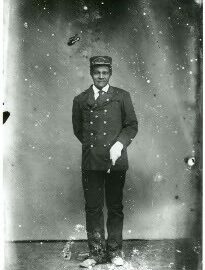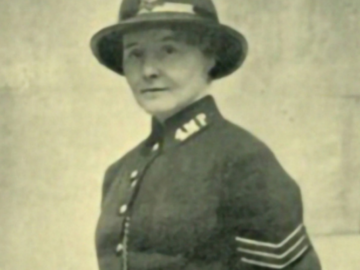Role: Roman Emperor

Augustus Caesar (27 BC – 14 AD) was the name of the first and, by most accounts, greatest Roman emperor.
In 6 AD Augustus created Rome’s permanent firefighting force, the vigiles. This was to be the first ever firefighting force of its kind and was later built upon by Emperor Nero.
The vigiles (or cohortes vigilum) were formed during the reign of Augustus to act as ancient Rome’s permanent firefighting service. Evolving from earlier slave teams, the vigiles were organised as an urban military unit and eventually recruits came from the Roman people. The vigiles, with a permanent camp of its own and equipment stations dotted around the city, patrolled the streets of Rome each night and also performed certain night-time policing duties to ensure public order.
The vigiles were created by Augustus in 6 AD to meet the high risk of fires in the capital presented by its high population density and widespread use of wooden housing and other buildings which had timber parts. It was not the first time such a force had been created as Marcus Licinius Crassus, one of Rome’s all-time richest men, had previously spotted the chance of making money by offering low prices for burning buildings and then having his team of slaves extinguish the fire so that it could be saved for redevelopment. If the property owner refused Crassus’ offer, then the fire was left to rage on.
The vigiles used many similar tools to those that you can see behind you; things like fire buckets (amae), force-pumps (siphones), axes (dolabrae), ladders (scalae) and grappling hooks. They also used the system of forming a bucket chain (the vigiles would line up to the nearest water source and pass buckets hand in hand to the fire) which continued right up to until the 17th and 18th century!
The vigiles show that firefighting and policing are ancient services and form the very basis of our services today.





